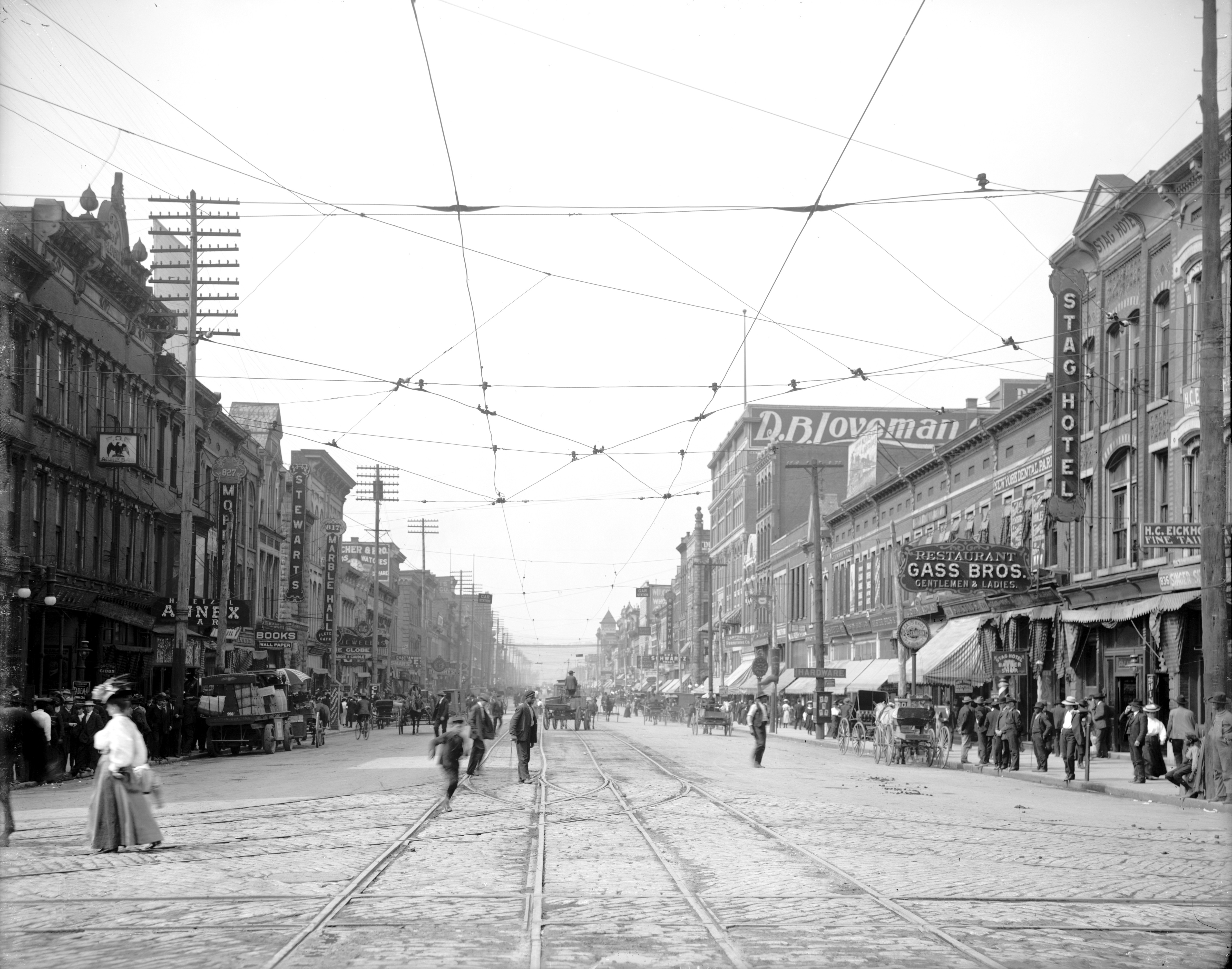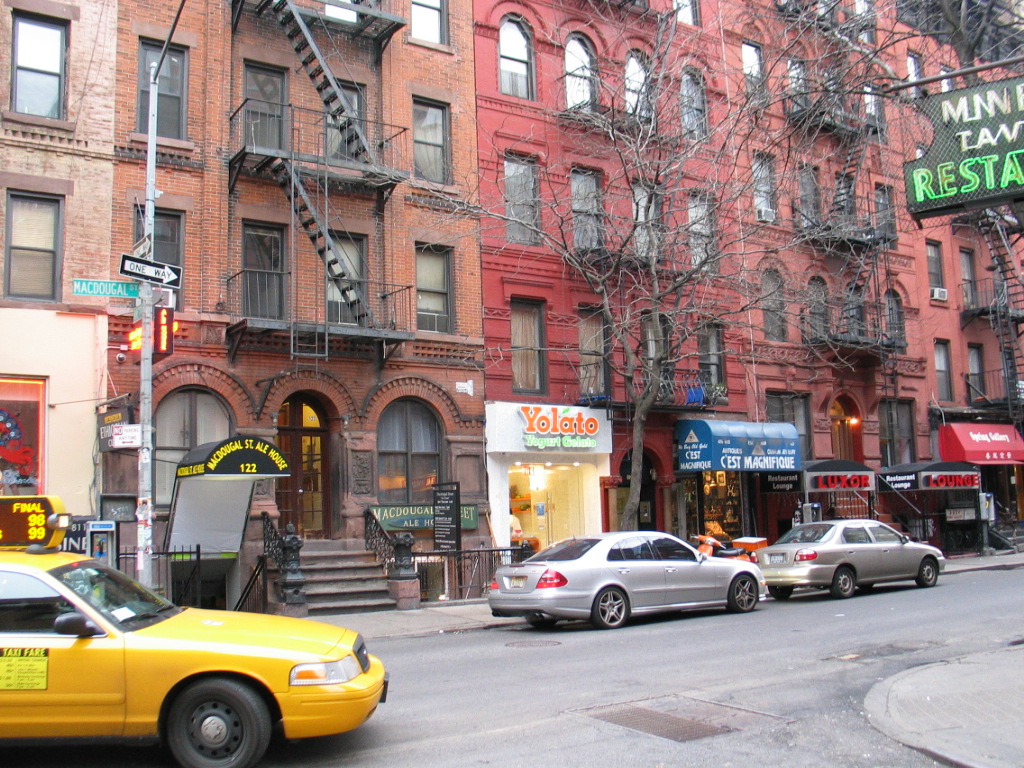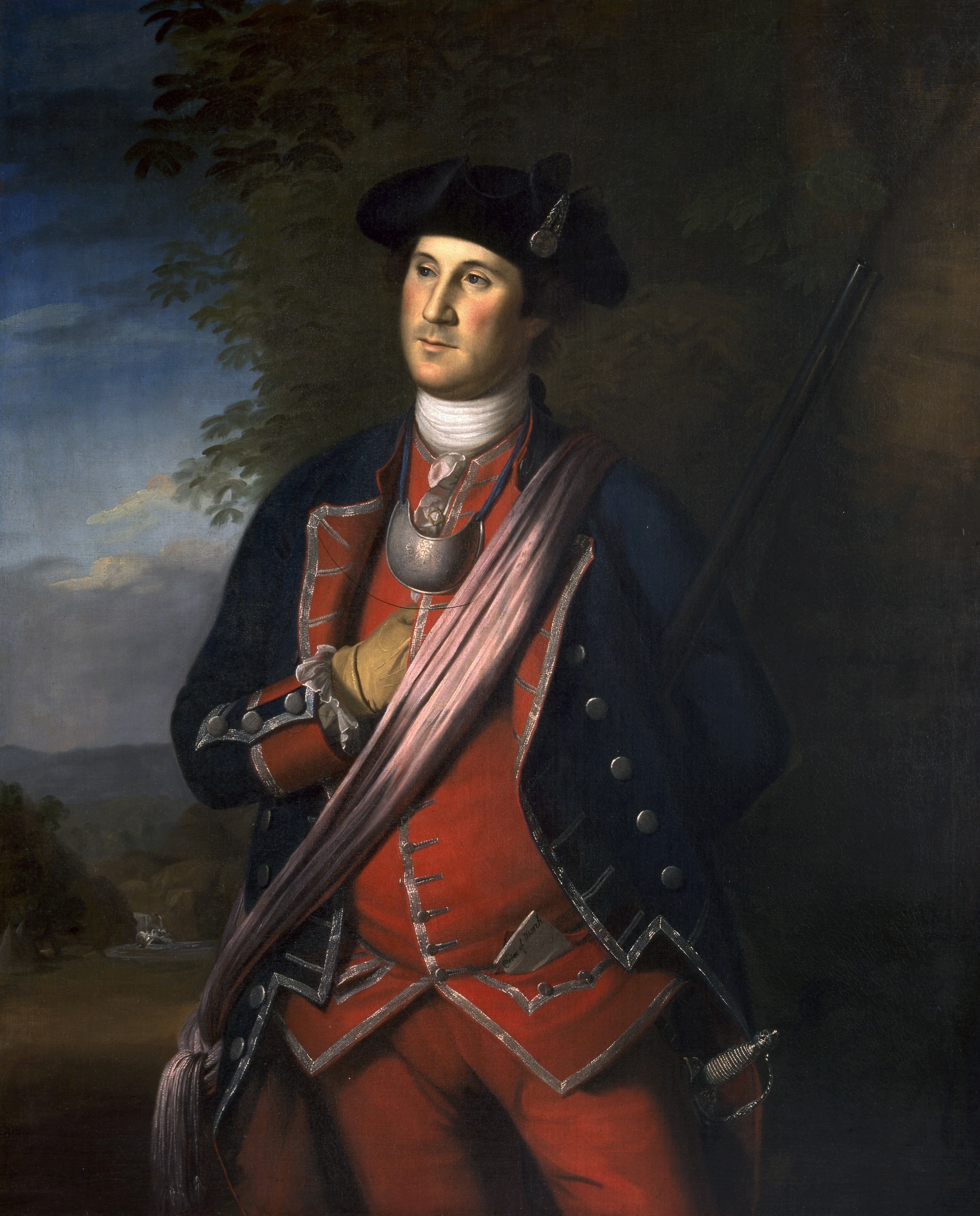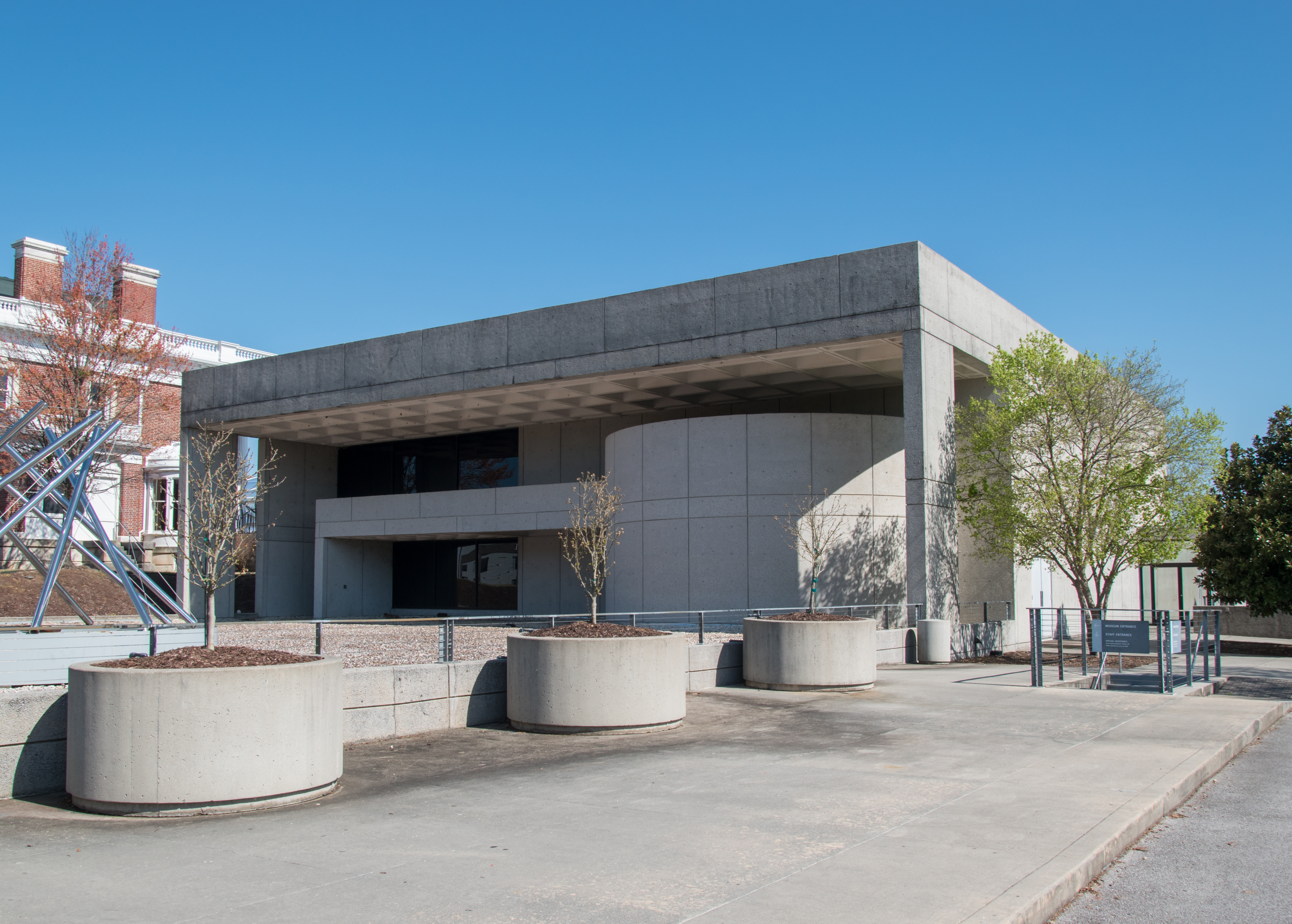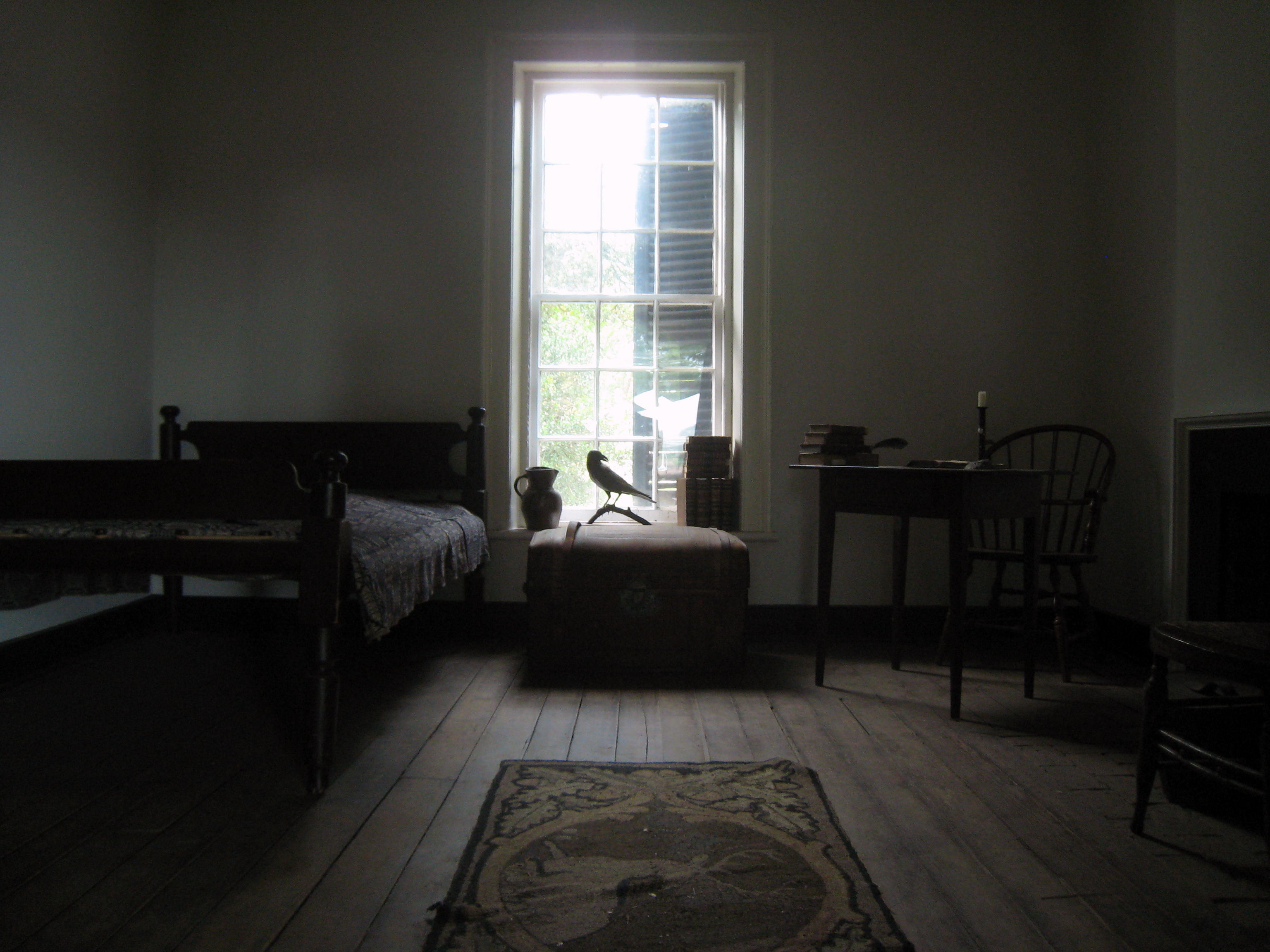|
Harold Cash
Harold Cheney Cash (September 26, 1895 – 1977) was an American sculptor. He received a Guggenheim Fellowship in 1930 and 1931. Early life Harold Cheney Cash was born on September 26, 1895, in Chattanooga, Tennessee. He was the son of Elizabeth (n''e''e Cheney) and James Albion Cash, a city commissioner in Chattanooga. His brother was James Robert Cash, later a professor at the University of Virginia School of Medicine. He attended the Baylor School in Chattanooga. He also attended Leland Stanford Junior University. He enrolled in the University of Virginia. During World War I, he left college and enlisted in the United States Navy, receiving an honorable discharge after one year in January 1919. He graduated from the University of Virginia with an A.B. on June 12, 1919. In October 1919, he moved to New York City and enrolled in a four-year course the Art Students League of New York. Interested in painting but lacking funds to complete his art studies, Cash became an interior ... [...More Info...] [...Related Items...] OR: [Wikipedia] [Google] [Baidu] |
Chattanooga, Tennessee
Chattanooga ( ) is a city in Hamilton County, Tennessee, United States, and its county seat. It is located along the Tennessee River and borders Georgia (U.S. state), Georgia to the south. With a population of 181,099 in 2020, it is Tennessee's List of municipalities in Tennessee, fourth-most populous city and one of the two principal cities of East Tennessee, along with Knoxville, Tennessee, Knoxville. It anchors the Chattanooga metropolitan area, Tennessee's fourth-largest metropolitan statistical area, as well as a larger three-state area that includes southeastern Tennessee, northwestern Georgia, and northeastern Alabama. Chattanooga was a crucial city during the American Civil War due to the multiple railroads that converge there. After the war, the railroads allowed for the city to grow into one of the Southeastern United States' largest heavy industrial hubs. Today, major industry that drives the economy includes automotive, advanced manufacturing, food and beverage pro ... [...More Info...] [...Related Items...] OR: [Wikipedia] [Google] [Baidu] |
Greenwich Village
Greenwich Village, or simply the Village, is a neighborhood on the west side of Lower Manhattan in New York City, bounded by 14th Street (Manhattan), 14th Street to the north, Broadway (Manhattan), Broadway to the east, Houston Street to the south, and the Hudson River to the west. Greenwich Village also contains several subsections, including the West Village west of Seventh Avenue (Manhattan), Seventh Avenue and the Meatpacking District, Manhattan, Meatpacking District in the northwest corner of Greenwich Village. Its name comes from ''Groenwijck'', Dutch language, Dutch for "Green District". In the 20th century, Greenwich Village was known as an artists' haven, the Bohemianism, bohemian capital, the cradle of the modern LGBTQ social movements, LGBTQ movement, and the East Coast birthplace of both the Beat Generation and counterculture of the 1960s. Greenwich Village contains Washington Square Park, as well as two of New York City's private colleges, New York University (NYU) ... [...More Info...] [...Related Items...] OR: [Wikipedia] [Google] [Baidu] |
Sculptors Guild
Sculptors Guild, a society of sculptors who banded together to promote public interest in contemporary sculpture, was founded in 1937. Signatories to the original corporation papers (Sculptors Guild, Inc.) were Sonia Gordon Brown, Berta Margoulies, Aaron Goodelman, Chaim Gross (who became the first President), Minna Harkavy, Milton Horn, Concetta Scaravaglione, Warren Wheelock, and William Zorach. The inaugural exhibition of the Guild was held April 12 – May 31, 1938, on a vacant lot at Park Avenue and 39th St. This outdoor exhibit, the first of its kind in New York City, hosted 40,000 visitors paying an admission price of ten cents to view the work. Owing to the tremendous success of this first exhibit, the Brooklyn Museum held an exhibition of contemporary American sculpture by Guild members, October 21- November 27, 1938. History The Guild's mission is to "promote, encourage, and support sculptors and sculpture through personal interaction, professional development, exh ... [...More Info...] [...Related Items...] OR: [Wikipedia] [Google] [Baidu] |
National Sculpture Society
Founded in 1893, the National Sculpture Society (NSS) was the first organization of professional sculptors formed in the United States. The purpose of the organization was to promote the welfare of American sculptors, although its founding members included several renowned architects. The founding members included such well known figures of the day as Daniel Chester French, Augustus St. Gaudens, Richard Morris Hunt, and Stanford White as well as sculptors less familiar today, such as Herbert Adams, Paul W. Bartlett, Karl Bitter, J. Massey Rhind, Attilio Piccirilli, and John Quincy Adams Ward—who served as the first president for the society. Since its founding in the nineteenth century, the National Sculpture Society (NSS) has remained dedicated to promoting figurative and realistic sculpture. During the years 1919 to 1924, four works commissioned from members of the National Sculpture Society were funded by philanthropist Paul Goodloe McIntire, including ''George Rogers ... [...More Info...] [...Related Items...] OR: [Wikipedia] [Google] [Baidu] |
Allen Tate
John Orley Allen Tate (November 19, 1899 – February 9, 1979), known professionally as Allen Tate, was an American poet, essayist, social commentator, and poet laureate from 1943 to 1944. Among his best known works are the poems " Ode to the Confederate Dead" (1928) and " The Mediterranean" (1933), and his only novel '' The Fathers'' (1938). He is associated with New Criticism, the Fugitives and the Southern Agrarians. Life Early years Tate was born near Winchester, Kentucky, to John Orley Tate, a Kentucky businessman and Eleanor Parke Custis Varnell from Virginia. On the Bogan side of her grandmother's family, Eleanor Varnell was a distant relative of George Washington; she left Tate a copper luster pitcher that Washington had ordered from London for his sister. In 1916 and 1917 Tate studied the violin at the Cincinnati Conservatory of Music. College and the Fugitives Tate entered Vanderbilt University in 1918. He was the first undergraduate to be invited to join a g ... [...More Info...] [...Related Items...] OR: [Wikipedia] [Google] [Baidu] |
Washington And Lee University
Washington and Lee University (Washington and Lee or W&L) is a Private college, private Liberal arts colleges in the United States, liberal arts college in Lexington, Virginia, United States. Established in 1749 as Augusta Academy, it is among the Colonial colleges, oldest institutions of higher learning in the US. Washington and Lee's 325-acre campus sits at the edge of Lexington and abuts the campus of the Virginia Military Institute in the Shenandoah Valley region between the Blue Ridge Mountains and the Allegheny Mountains. The institution consists of three academic units: the college itself; the Williams School of Commerce, Economics, and Politics; and the Washington and Lee University School of Law, School of Law. It hosts 24 intercollegiate varsity athletic teams which compete as part of the Old Dominion Athletic Conference of the National Collegiate Athletic Association (NCAA Division III). History The classical school from which Washington and Lee descended was establ ... [...More Info...] [...Related Items...] OR: [Wikipedia] [Google] [Baidu] |
Courtauld Institute Of Art
The Courtauld Institute of Art (), commonly referred to as The Courtauld, is a self-governing college of the University of London specialising in the study of the history of art and conservation. The art collection is known particularly for its French Impressionist and Post-Impressionist paintings and is housed in the Courtauld Gallery. The Courtauld is based in Somerset House, in the Strand in London. In 2019, the Courtauld's teaching and research activities temporarily relocated to Vernon Square, London, while its Somerset House site underwent a major regeneration project. History The Courtauld was founded in 1932 through the philanthropic efforts of the industrialist and art collector Samuel Courtauld, the diplomat and collector Lord Lee of Fareham, and the art historian Sir Robert Witt. Originally the Courtauld was based in Home House, a townhouse designed by Robert Adam in Portman Square, Marylebone. The Strand block of Somerset House, designed by William Ch ... [...More Info...] [...Related Items...] OR: [Wikipedia] [Google] [Baidu] |
Hunter Museum Of American Art
The Hunter Museum of American Art is an art museum in Chattanooga, Tennessee. The museum's collections include works representing the Hudson River School, 19th century genre painting, American Impressionism, the Ashcan School, early modernism, regionalism, and post-World War II modern and contemporary art. The building itself represents three distinct architectural stages: the original 1904 classical revival mansion designed by Abram Garfield, the son of president James A. Garfield, which has housed the museum since its opening in 1952, a brutalist addition built in 1975, and a 2005 addition designed by Randall Stout which now serves as the entrance to the museum. Location The museum is situated on an bluff overlooking the Tennessee River and downtown Chattanooga. The Faxon House, built in 1904, was built where a Confederate battery had been emplaced. Once a prestigious address for Victorian houses, the area is now home to the Bluff View Art District. The museum sits on a bl ... [...More Info...] [...Related Items...] OR: [Wikipedia] [Google] [Baidu] |
Rockefeller Center
Rockefeller Center is a complex of 19 commerce, commercial buildings covering between 48th Street (Manhattan), 48th Street and 51st Street (Manhattan), 51st Street in the Midtown Manhattan neighborhood of New York City. The 14 original Art Deco buildings, commissioned by the Rockefeller family, span the area between Fifth Avenue and Sixth Avenue, split by a large sunken square and a private street called Rockefeller Plaza. Later additions include 75 Rockefeller Plaza across 51st Street at the north end of Rockefeller Plaza, and four International Style (architecture), International Style buildings on the west side of Sixth Avenue. In 1928, Columbia University, the owner of the site, leased the land to John D. Rockefeller Jr., who was the main person behind the complex's construction. Originally envisioned as the site for a new Metropolitan Opera building, the current Rockefeller Center came about after the Met could not afford to move to the proposed new building. Various plan ... [...More Info...] [...Related Items...] OR: [Wikipedia] [Google] [Baidu] |
Century Of Progress
A Century of Progress International Exposition, also known as the Chicago World's Fair, was a world's fair held in the city of Chicago, Illinois, United States, from 1933 to 1934. The fair, registered under the Bureau International des Expositions (BIE), celebrated the city's centennial. Designed largely in Art Deco style, the theme of the fair was technological innovation, and its motto was "Science Finds, Industry Applies, Man Conforms", trumpeting the message that science and American life were wedded. Its architectural symbol was the Sky Ride, a transporter bridge perpendicular to the shore on which one could ride from one side of the fair to the other. One description of the fair noted that the world, "then still mired in the malaise of the Great Depression, could glimpse a happier not-too-distant future, all driven by innovation in science and technology". Fair visitors saw the latest wonders in rail travel, automobiles, architecture and even cigarette-smoking robots. T ... [...More Info...] [...Related Items...] OR: [Wikipedia] [Google] [Baidu] |
Raven Society
The Raven Society is an honor society at the University of Virginia in Charlottesville, Virginia. It was founded in 1904 by William McCully James who named it in honor of the poem by Edgar Allan Poe, who attended the University of Virginia in 1826. History In 1904, University of Virginia student William McCully James proposed a new merit-based student society to promote literary and forensic work and to recognize outstanding scholarship. Once the new society was approved, a faculty committee selected twelve students who demonstrated academic excellence; the twelve were invited to join the society and were sworn in on April 20, 1904. The twelve members met to adopt a constitution on April 27, 1904. It stated that one of the Raven Society's main goals is "to bring together the best men in the various departments of the university for mutual acquaintance and for cooperation in their efforts to protect the honor and dignity of the university." The initial twelve also chose addition ... [...More Info...] [...Related Items...] OR: [Wikipedia] [Google] [Baidu] |
